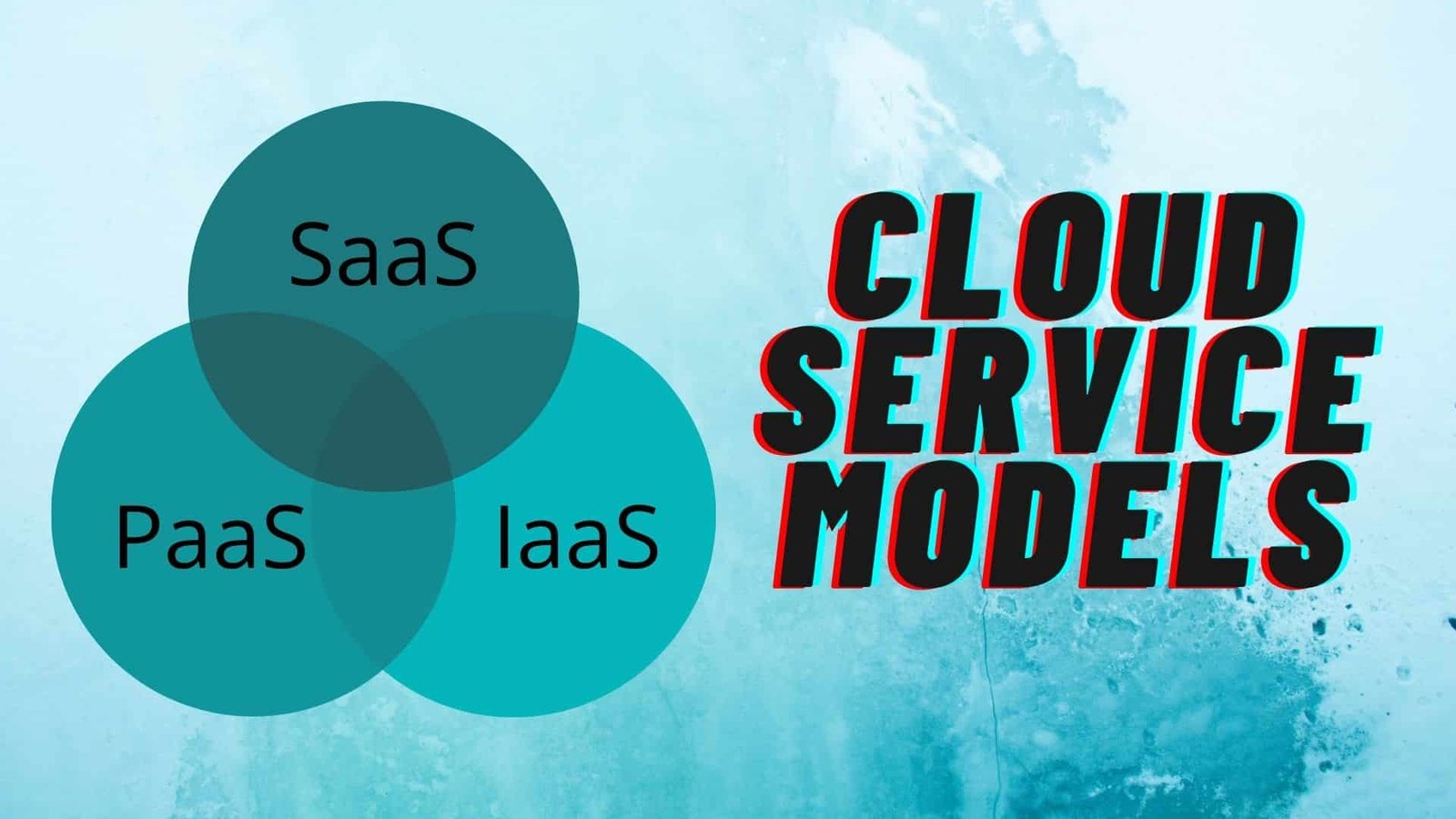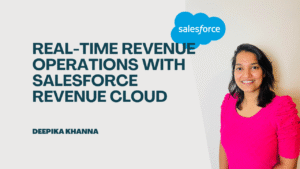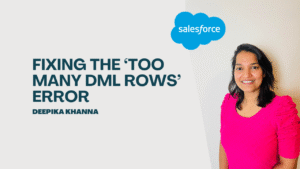We hope that you are already keeping up with the previous tutorials about Cloud Computing in Salesforce. Today, we are going to start with the basic Cloud Service Models that you will require. Moreover, these models have different features that satisfy different industry needs accordingly. As the name suggests, these service models are used to provide stable service to the users.
In total, there are 3 different categories of Cloud Service Models,
- Software as a Service
- Platform as a Service
- Infrastructure as a Service
Therefore, we will provide a detailed explanation of each of them with suitable examples. Make sure to thoroughly revise them for better understanding.
Table of Contents
Toggle#1 Software as a Service (SaaS)
Software as a Service or commonly known as SaaS is a service where you have the software hosted by cloud computing providers. Some of the industrialists call it “on-demand software” due to its flexible nature. Moreover, you can access applications right on your PC through the internet. The host only requires to deploy the software and users across the globe can have it. Further, the end-user need not worry about maintaining the software on a regular basis. No doubt why it has the biggest share among all the Cloud service models in the current community. The model is commonly seen in CRM applications (Salesforce), Human Resource Solutions, Invoicing and Billing Software, etc.
Some of the key characteristics of SaaS are,
- The model is very cost-efficient as the host keeps a regular check on the upgrades. Hence, every user need not worry about spending resources individually.
- Users only need to purchase the license for the service until they require it. therefore, it will save them resources for having lifetime access.
- Similar upgrades and versions are available for the users. Thus, it maintains the equilibrium in the industry.
- Users get the benefits of the Shared Data Model that eliminates the risk involved during data sharing within the organization.
- All the features and upgrades are available and scaled according to the user’s demand.
#2 Platform as a Service (PaaS)
Moving further, Platform as a Service models includes various development, deployment, and testing tools for the developers. Further, users need not spend money on getting IDEs (Integrated Development Environments) that are quite expensive. Moreover, you can customize the application according to the requirements. Also, users with a non-coding background can create web-based applications with point-and-click tools. Thus, programmers can build, deploy, and test the software as per the requirement. Some of the common examples of PaaS are Heroku, Windows Azure, Openshift, Apache Stratos, and many more.
The characteristics of the PaaS model are,
- Users have the privilege to experience in-built security features along with the option to scale different interfaces of web services.
- A common development platform is shared between all the existing users of the model.
- The overall interface of the model is able to withstand multiple frameworks and languages.
#3 Infrastructure as a Service (IaaS)
At last but not least, Infrastructure as a Service (also known as Hardware as a Service- HaaS) is an online computing infrastructure. The main aim is to provide basic resources like Virtual servers, Physical machinery, Storage hubs, etc. to users. Also, the model only costs as much as you use the services like the storage limit and processing power. You can depend on the model as every maintenance would be under the supervision of the service provider.
Let’s have a look at some of the characteristics of the IaaS model,
- The entire virtual environment will have the required tools and software.
- You can specify the operating system from Windows, Solaris, Linux. (as per your comfort)
- Users get additional on-demand resources that are available.
- The cost is dependent on the number of resources used. Thus, you can scale up and down accordingly.
Final Verdict on Cloud Service Models
We hope that you have now understood about different Cloud service models present in the industry. Each model is unique in its own sense with various features and compatibilities. There is no doubt in the fact the Cloud Computing will emerge as a new phase of the market. Make sure to have a strong grip on every model and implement them in various projects in the organization. This will eventually increase the overall productivity and give better results.
Don't forget to subscribe to our special Salesforce Platform App Builder Certification course! Enroll in it today and start building your skills.







